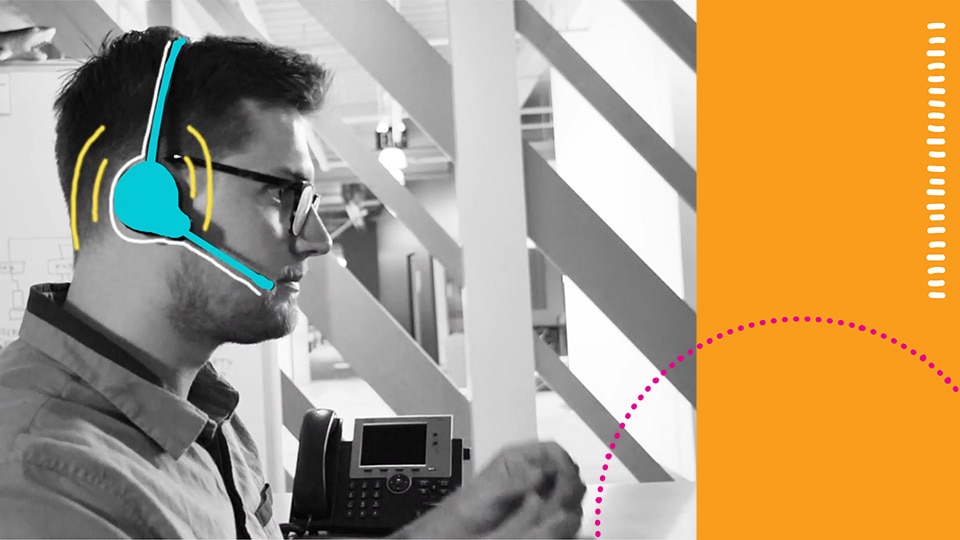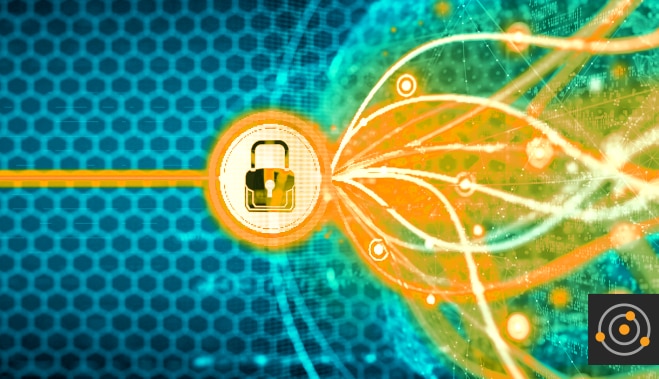- Identify
- Protect
- Detect
- Respond
- Recover
Building a Solid Security Foundation to Support the NIST Framework
February 7, 2018 |
Public Sector
Security

Last year, the White House issued an Executive Order designed to strengthen cybersecurity efforts within federal agencies. The EO requires agencies to adhere to the National Institute of Standards and Technology's (NIST) Framework for Improving Critical Infrastructure Cybersecurity, popularly known as "the framework."
Henceforth, the agencies are expected to follow a five-step process:







